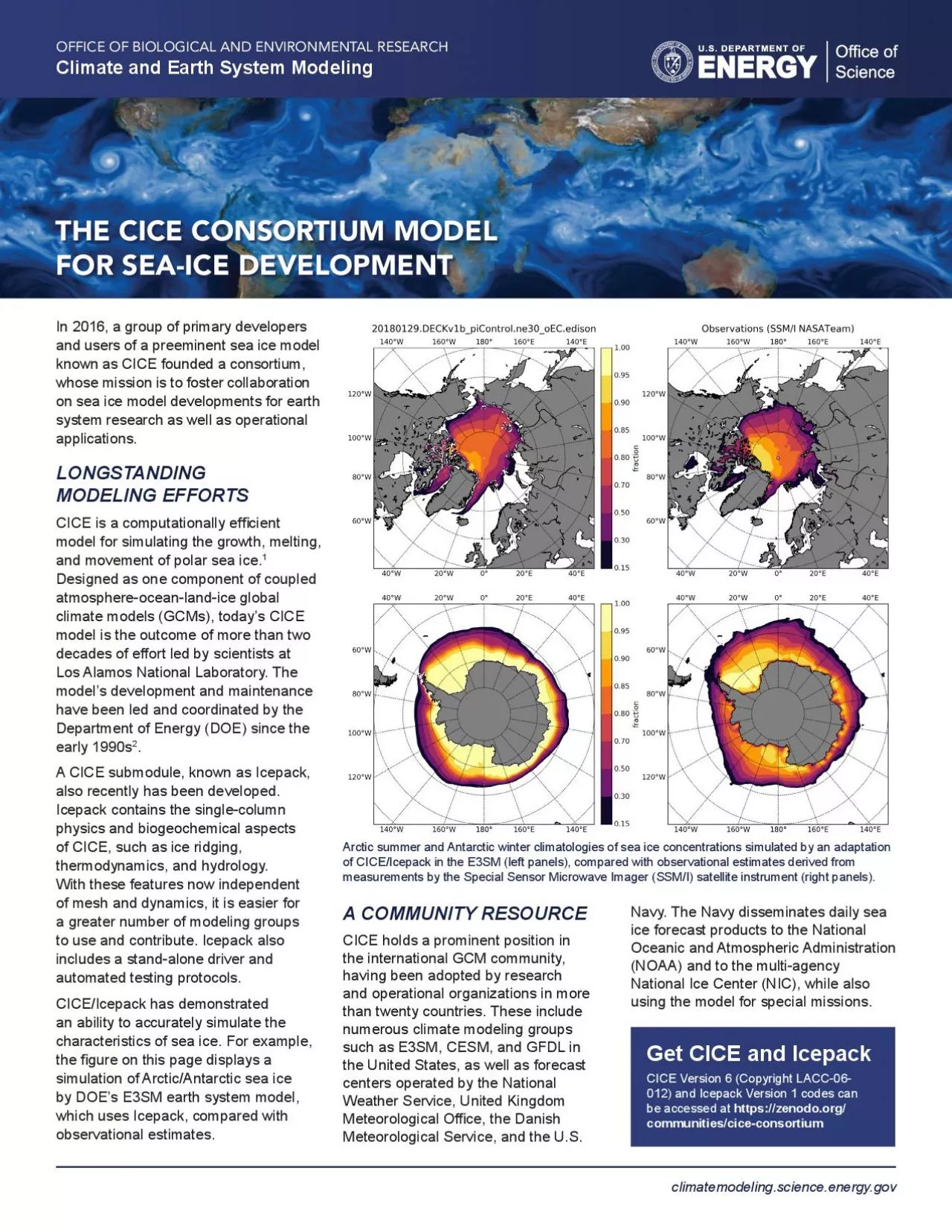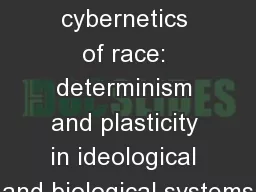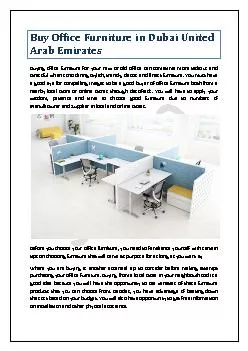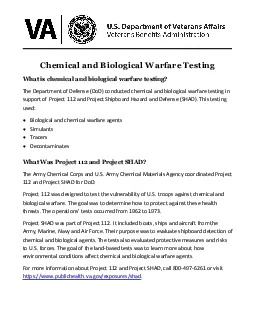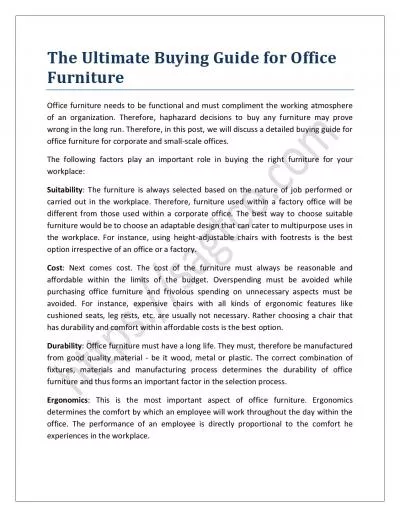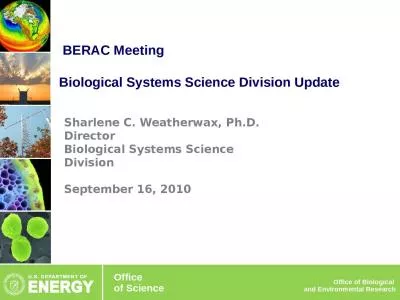PDF-OFFICE OF BIOLOGICAL AND ENVIRONMENTAL RESEARCH
Author : tabitha | Published Date : 2020-11-24
Climate and Earth System Modeling climatemodelingscienceenergygov THE CICE CONSORTIUM MODEL FOR SEAICE DEVELOPMENT In 2016 a group of primary developers and users
Presentation Embed Code
Download Presentation
Download Presentation The PPT/PDF document "OFFICE OF BIOLOGICAL AND ENVIRONMENTAL R..." is the property of its rightful owner. Permission is granted to download and print the materials on this website for personal, non-commercial use only, and to display it on your personal computer provided you do not modify the materials and that you retain all copyright notices contained in the materials. By downloading content from our website, you accept the terms of this agreement.
OFFICE OF BIOLOGICAL AND ENVIRONMENTAL RESEARCH: Transcript
Download Rules Of Document
"OFFICE OF BIOLOGICAL AND ENVIRONMENTAL RESEARCH"The content belongs to its owner. You may download and print it for personal use, without modification, and keep all copyright notices. By downloading, you agree to these terms.
Related Documents

